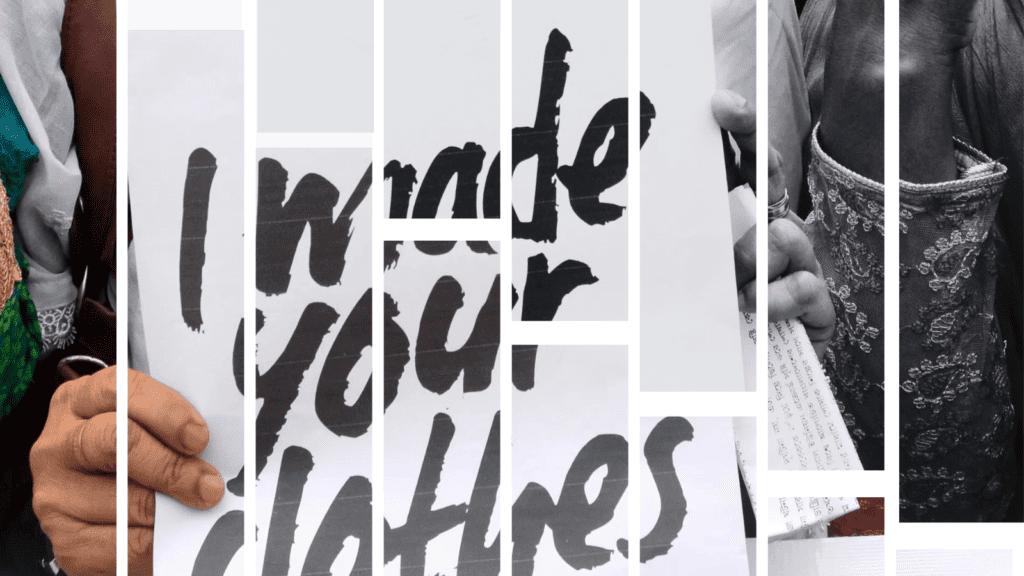Consumers may be more critical and brands more conscious, but a genuine long-term change means intersectional approach to solve this issue.
In 2013, the Rana Plaza factory collapse in Bangladesh shocked the world and brought attention to the disastrous working conditions and labor rights violations in the fashion industry. As the 10-year anniversary of this tragedy approaches, it is time to reflect on how the industry has responded and what changes have been made.
RELEVANT SUSTAINABLE GOALS
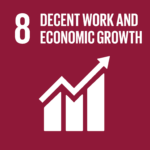
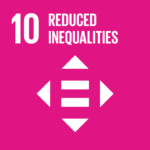

2013
In the blink of an eye, 1,134 souls were lost and 2,500 more were left shattered when a towering building crumbled to the ground. It was a tragedy of unimaginable proportions, leaving behind a trail of heartbreak and unanswered questions. How could this have happened? And why did the world seem to carry on as if nothing had occurred?
As I reflect on this catastrophic event, I can’t help but wonder – how many more lives have been lost due to negligence and apathy? How many more disasters have been swept under the rug, never to see the light of day? It’s a sobering thought, and one that should serve as a wake-up call to all of us.
And yet, despite the magnitude of this tragedy, it seems that many in the fashion industry remain oblivious to its impact. It’s a startling realization, and one that begs the question – what else are we turning a blind eye to?
2015
In 2015, Andrew Morgan’s documentary “The True Cost” ripped the veil off the fashion industry’s dark underbelly, exposing the disturbing realities that lurked beneath the glitz and glamour of the runway. From the shattered lives of farmers devastated by genetically modified seeds to the poisonous fumes that plagued communities living near tanneries, the film spared no detail in revealing the true cost of our addiction to cheap clothing.
But it was the harrowing tragedy of the Rana Plaza disaster that hit the hardest, claiming over a thousand lives and laying bare the insidious nature of the fashion industry’s supply chain. For the first time, someone had the guts to shine a light on the ugliness that went into producing the garments that we so casually wear on our backs. And yet, despite the film’s brutal revelations, it seemed as if the world was content to go back to business as usual.
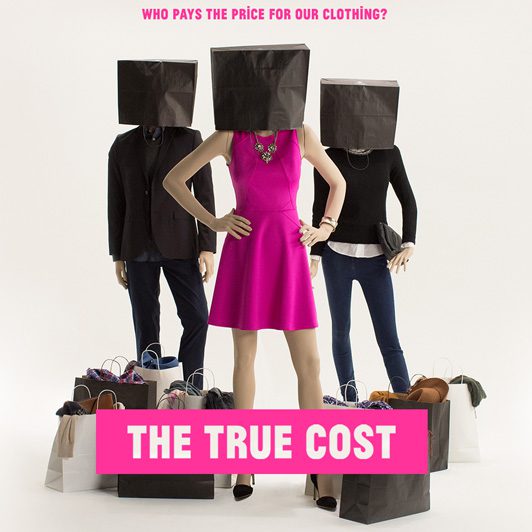
But the outrage that ensued, the industry’s response was disappointingly predictable. Brands scrambled to slap on the “ethical” label, creating a subculture of exorbitantly-priced collections that catered exclusively to the “conscious” consumer. Terms like “sustainable,” “organic,” and “fair wage” became nothing more than buzzwords, with no clear definition or standards in place. In this murky landscape, consumers are left to navigate a confusing world of claims and certifications, with no real way of knowing what’s genuine and what’s greenwashing.
The truth is that the path to a more ethical and sustainable fashion industry is a complex and challenging one. We need to demand more from the brands that we buy from, pushing them to be transparent and accountable for every step of their supply chain. We need to be informed consumers, arming ourselves with the knowledge and tools to distinguish genuine ethical practices from mere lip service. Will we rise to the challenge? Or is it all just smoke and mirrors? Are we really making progress, or have we simply created a new form of elitism, where only the privileged few can afford to wear their values on their sleeves?
2020
Silent and stealthy, Covid-19 slipped in and with it came a wave of devastation. Death on a mass scale, economic collapse, and the dark underbelly of capitalism laid bare for all to see. In a desperate bid to contain the virus, India locked down its borders overnight, leaving migrant workers stranded and alone. No plan, no support, just chaos.
As the dust settled, the full horror of the situation came into focus. Swept up in the maelstrom were 12.9 million souls, working in the fashion industry through sweatshops or informal settings. Forgotten, discarded, and left to fend for themselves, they faced a “crisis within a crisis.” Stripped of their livelihoods, their health, and their dignity, they became refugees in their own country.
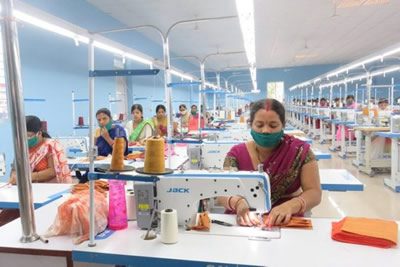
The fashion industry, valued at a staggering $1.53 trillion, could not find a way to help those who made it possible. The very foundation of the industry left to rot, while the wealthy few profited from their suffering. How could this happen? And how many more times must we witness such atrocities before we wake up and realize that something is fundamentally wrong?
We must ask ourselves: what kind of world do we want to live in? One where profits are put above people, where the vulnerable are left to suffer while the powerful thrive? Or do we want a world where humanity and compassion reign supreme? The choice is ours to make.
2023
It has been ten long years since the Rana Plaza tragegy, and in that time, I have witnessed a transformation that defies belief. Progress has been made, yes, but it is clear that we are still far from achieving the truly sustainable future we so desperately need.
Technological advancements, regulations, and supply chain transparency are all important, of course. But I firmly believe that the true battle for sustainability lies in how we tell the stories of the workers who produce our garments. It’s time to stop turning a blind eye to their suffering and to acknowledge our complicity in their exploitation.
We all desire ethical fashion, but we are all guilty of perpetuating an industry that is anything but sustainable. We can no longer hide behind token gestures of sustainability to assuage our guilt. We must face the harsh truth that our hands are stained with the blood of those who suffer for our fashion.
The time for action is now. We must demand transparency, we must demand justice, and we must demand that the industry as a whole takes responsibility for its actions. The future of fashion is in our hands, and it is up to us to ensure that it is a sustainable one.


